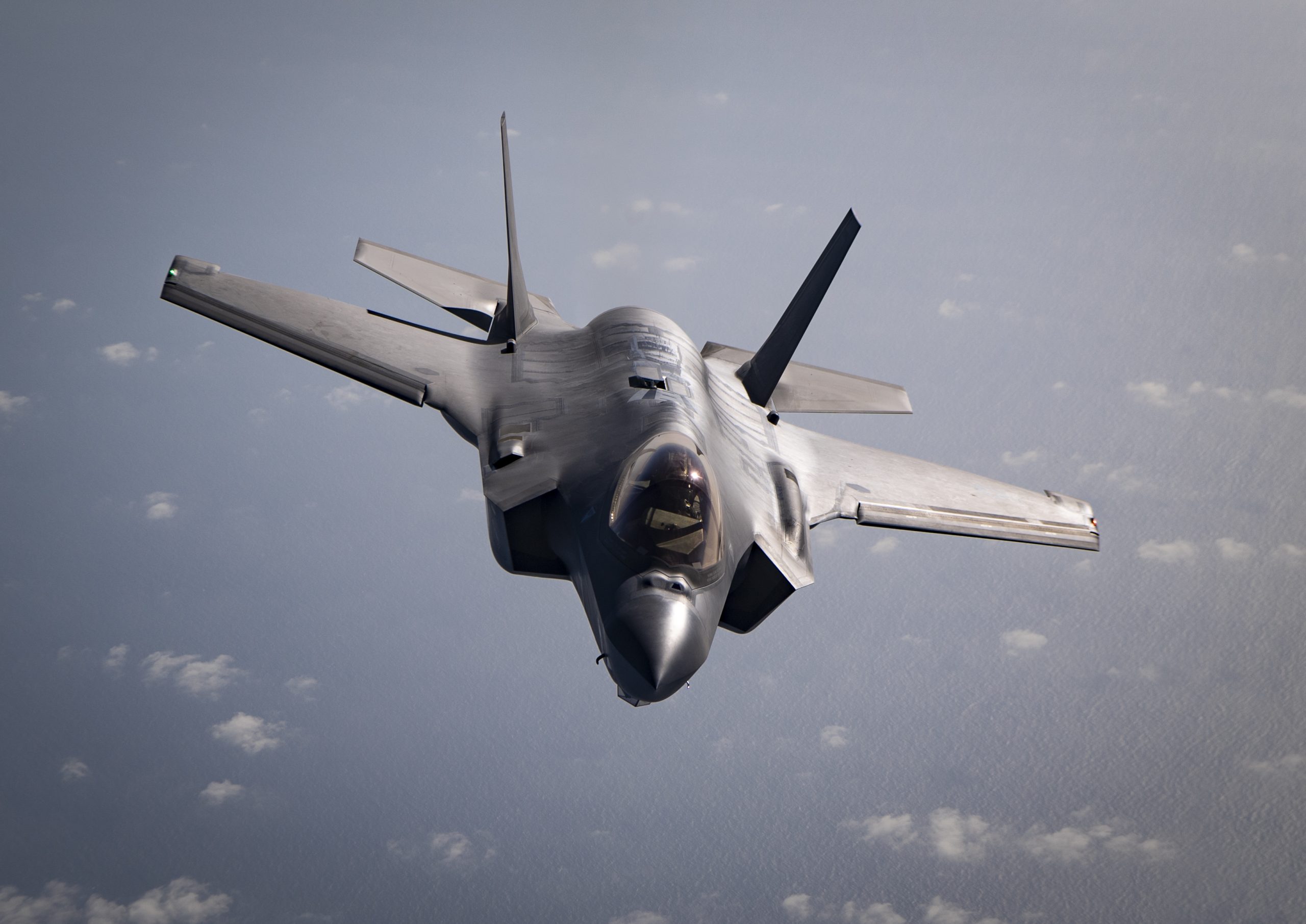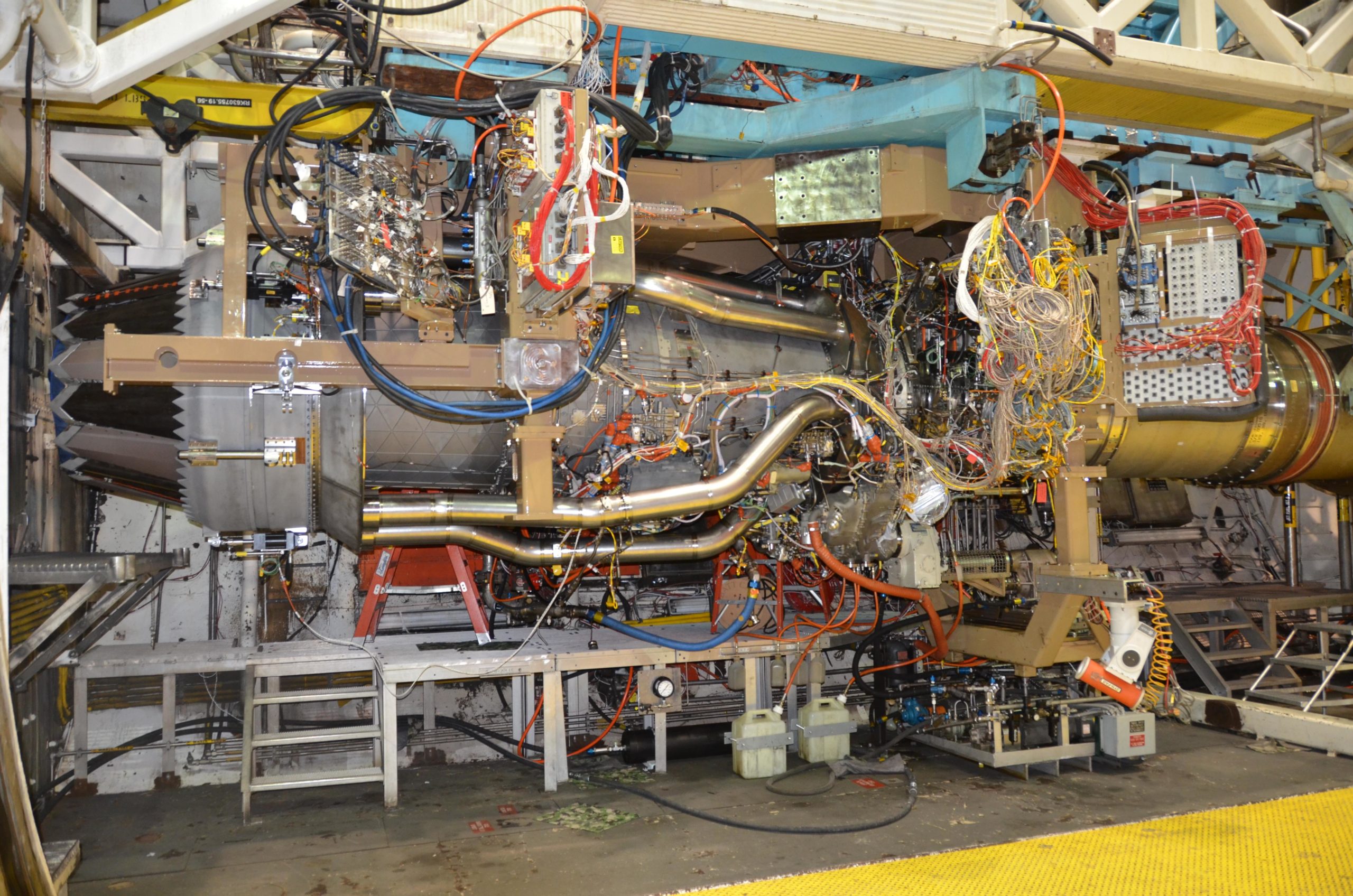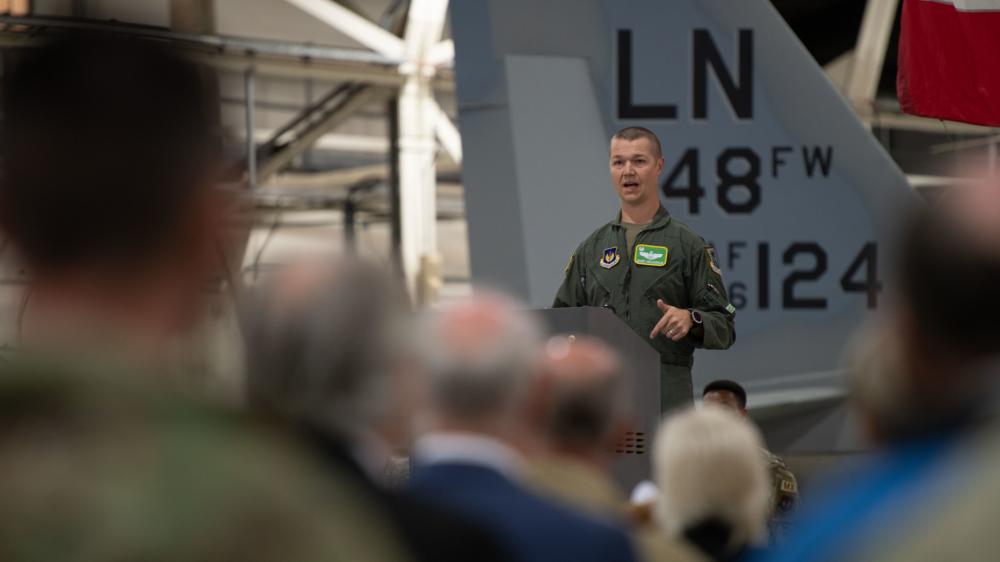Bhurki
New Member
- Joined
- Aug 27, 2018
- Messages
- 1,301
- Likes
- 1,765
Yes, F35 is now officially overpowered.First image of ARRW configuration on f-35?
View attachment 107222
2x Arrw + 2x Aargm-Er
Yes, F35 is now officially overpowered.First image of ARRW configuration on f-35?
View attachment 107222
What are these 2 kind of missiles?First image of ARRW configuration on f-35?
View attachment 107222
White one with yellow tip is AARGM-ER: range 300 km, top speed: Mach 4What are these 2 kind of missiles?
If india gets the second missile,the ARRW then we can cover whole pakistani airspace which is barely 400 kms wide, heck we can cover afagnistan also .White one with yellow tip is AARGM-ER: range 300 km, top speed: Mach 4
The big blue-gray one is ARRW: range 925 km, top speed: Mach 10


Block 3 F was intended to be the last (F for... final).View attachment 112804
Keeping the F-35 Ahead of the Bad Guys | Air & Space Forces Magazine
Operational testing is still underway, but the F-35 is already beginning its first major upgrade.www.airforcemag.com
It's in the article. Both are software stages. Block 3F software is the development phase software before the final intended Block 4 software which will unable F-35 to field all its intended weapons and capabilities.Block 3 F was intended to be the last (F for... final).
Now a block 4. With how many deficiencies remaining?
Pratt & Whitney succeeded in achieving the AETP’s goals, which were to obtain 10 percent improvement in thrust and 25 percent improvements in both fuel efficiency and thermal management, Bromberg said. “We know we can do that,” he said.
The AETP achieves better thrust while also improving fuel efficiency by adding a third air stream, which can also be used for cooling. Air Force and JPO leaders have said they will need more thrust and cooling in the F-35 in order to get full capability out of the Block 4 version of the fighter, set to start coming off the production line in 2023.
Neither Pratt & Whitney’s XA101 nor GE’s XA100 will fit in the F-35B short takeoff and vertical landing version, however. Bromberg said the reason has to do with the three-bearing swivel nozzle employed by the F-35B being “incompatible” with the third-stream architecture. It might be possible to use the AETP engine in the Navy’s F-35C carrier version, Bromberg said, if the arresting hook system could be moved to accommodate it. He said Pratt & Whitney has had discussions with Lockheed Martin to that effect.

In a move more than five years in the making, the U.S. Air Force activated its first squadron of Europe-based F-35As at RAF Lakenheath, U.K., on Oct. 1, as the service prepares to deliver the first fighters in the coming months.
The 495th will consist of 27 F-35s and around 60 personnel, according to a 48th Fighter Wing release announcing the squadron’s activation. The Air Force plans to eventually base a total of 48 F-35s at Lakenheath in two squadrons.

Lockheed Martin and the F-35 Joint Program Office have agreed that F-35 production will peak at 156 planes per year in 2023 and remain at that level “for the foreseeable future.”
Lockheed Martin will deliver “133-139 aircraft this year [calendar 2021], 151-153 aircraft in 2022, and anticipates delivering 156 aircraft beginning in 2023 and for the foreseeable future,” it announced. The company did not say how many of each variant will be delivered. Defense officials have said the pre-pandemic goal was to achieve deliveries of 155 airplanes a year by the end of 2022.
The announcement also does not indicate that the F-35 has achieved “full-rate production” status, usually declared by the Pentagon after a program has satisfied the operational test community that it meets requirements. The Pentagon delayed the declaration of full rate to allow the F-35 to be integrated with the Joint Simulation Environment, a wargaming platform that measures the jet’s performance in highly classified conditions. While establishing a peak production rate for the F-35 is a de facto “full-rate” declaration, absent the official status, the program can’t officially enter into multiyear procurement contracts, which can reduce costs by buying materials in economic quantities. The F-35 partners already benefit from a “block buy” approach similar to a multiyear deal. However, by setting a peak production rate, a multiyear deal may be moot.

any calculation of EFT/Rafale/Gripen and F18EJust LM fastfacts :
I offer for your analysis a small calculation I made based on LM's monthly fastfacts regarding the f-35.
I start from the fastfacts of 02/11/2018 which gave 330 f-35 manufactured and 165000 flight hours achieved.
After 1 year there are 145 f-35 delivered in more and 83000 hours of activity in more, I count 70 f-35 full time in more (that is to say for 400 F-35 flying 83000 hours on 12 months)
That is 17.3 hours of flight per month per F-35
At the end of another year, there are 120 F-35s delivered and 105,000 hours more, I count 60 more full-time F-35s (i.e. for 535 F-35s flying 105,000 hours over 12 months)
That is 16.3 hours of flight per month per f-35 (COVID period)
At the end of 9 months there are 95 f-35 delivered in more and 85000 hours in more, I count 50 f-35 full time in more (that is to say for 645 f-35 flying 85000 hours on 9 months)
That is 14.6 flight hours per month per F-35
Is it just me or is the situation really getting out of hand?
With the arrival of the block3f we should have had more flight hours thanks to a better availability and we are witnessing exactly the opposite.
Translated with www.DeepL.com/Translator (free version)

Is the "reforge" concept the beginning of all F-35A squadrons downsizing ?
Air Force Wants Hundreds More Advanced Jet Trainers Despite Already Buying The T-7 Red Hawk
Air Force Wants Hundreds More Advanced Jet Trainers Despite Already Buying The T-7 Red Hawk
The Advanced Tactical Trainer would likely also be expected to fly aggressor missions as part of a major overhaul of Air Force training.www.thedrive.com
In the Thedrive article, it is stated that the "reforge" concept is to complement each of the F-35A squadrons with T7-A or T-50 to assume low-end missions.
"
The idea behind the tactical surrogate is to have a lower-cost training platform equipped with a cockpit that’s representative of an advanced frontline fighter jet, such as the F-35. It’s driven by the fact that the current T-7A program of record, covering 351 aircraft, is judged insufficient to meet all future jet training needs as envisaged under Reforge.
The Advanced Tactical Trainer would likely emerge with a very different set of capabilities compared to the T-7A's. The Air Force is eyeing external hardpoints for the carriage of training weapons, electronic warfare pods, air combat maneuvering instrumentation pods, and fuel tanks. A compact radar might be another option for the jet, and the RFI also specifically mentions that consideration is being given to installing an infrared search and track (IRST) sensor.
"
"
Holmes’ Reforge plan would radically overhaul this fairly complex process, with future fighter pilots heading straight to their future operational fighter squadron after completing the first two phases of UPT. Once at their frontline unit they would continue to fly the T-7A (or the new Advanced Tactical Trainer type) before transitioning to their assigned combat aircraft at the same location.
The hope is that the revised system will speed up the process of getting newly trained pilots into frontline cockpits, with fewer moves between different bases. Simplified training systems should also help make the fighter pilot career more attractive, at a time when the Air Force is experiencing a significant aircrew shortfall. At the same time, the training demands currently placed on frontline fighters would be reduced.
"
"What’s more, having a new Advanced Tactical Trainer available could help increase the number of actual flight hours that fledgling aviators receive. In recent months, there have been concerns that a reduction in flying hours coupled with an increasing reliance on simulators has led to a surge in mishaps. "
"While the T-7A, initially at least, is being procured as a direct replacement for the T-38 and is tailored for the LIFT portion of the syllabus, the Advanced Tactical Trainer would feature more ‘operational’ capabilities, making it a more appropriate stepping-stone to a frontline type. Potentially it would also be suitable for continuation training, too, reducing the demand on costly fifth-generation types, which are extremely expensive to fly and maintain. Having advanced trainers embedded with these units would help reduce costs and save airframe hours with everything from basic tactics training to pilot proficiency."
Perhaps but at this point we can say that f-35 will be use for as less as possible for training reason. And training representent how many hours in a squadron ?These additional T-7s will be purely for training purposes either as advanced trainers or aggressor aircrafts hence, the hardpoints for training gears and even radar.
